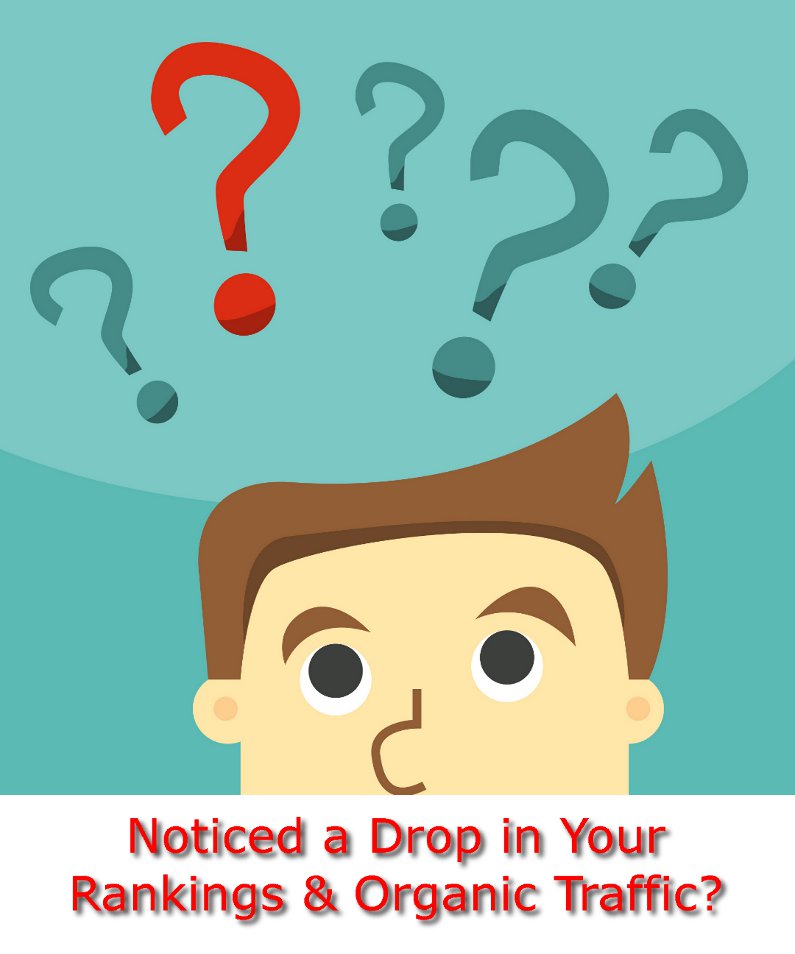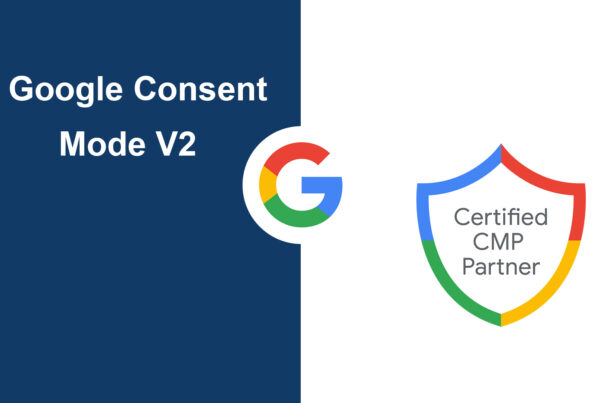If you have noticed a decrease in your organic rankings and website traffic recently it is important to identify what the problem might be and resolve it as soon as possible.
Take a read of our handy 3 part guide and see why you are dropping down the rankings or sitting on a ticking bomb that could lead to organic disaster.
Have Your Rankings & Traffic Actually Dropped?
First things first, you need to know for sure if you have actually suffered a drop in either your rank or traffic. Simply searching for your keyword in Google and seeing where you rank is no longer sufficient. Since late 2009 Google has been customising our search results based upon user behavior for all users, not just those of us signed into our Google accounts. What this means is that those organic rankings you are so proud of might not actually be what joe public sees….. but that is a discussion for another day.
Checking Your Rankings
The best way to check your rankings is to use a tool that tracks these for you. There are a number of free and paid options, as an digital agency we love to use Moz and SEM Rush, both of which offer keyword tracking as part of their online set of tools.
Alternatively you can always do it the old fashioned way and Google each search term individually and scrolling through the pages until you find yourself…. just remember to go into private / incognito mode so that you don’t see personalised results.
Checking Your Website Traffic
This one is easy, we always recommend to all of our clients to install Google Analytics on their website; it’s free and very powerful. You will be able to simply see through analytics whether your organic traffic is dropping or not.
My Organic Traffic / Rankings Have Dropped… Now What?
So you have seen a drop in one or both of these key areas, the next step is to work out the reasons.
On Site Technical Issues
There are many technical issues that may once not have impacted your site from a ranking point of view but now have a devastating impact due to recent algorithm updates. Below we discuss a number of the main issues, however this list is by no means exhaustive and you should look to follow best practice at all times.
Slow Site
The speed in which your website can deliver content to the end user is becoming more important in the eyes of the search engines, with the view that the quicker the response the better the user experience (especially on mobile and tablet devices). With user experience at the fore front of Google’s mission this is an area that you can no longer afford to ignore.
There are a number of free tools available to diagnose the current speed of your website and will also help you detect the areas in which you need improving. Some of the suggestions are relatively straight forward however you will more than likely require the input of a web developer to help you implement some of the more technically challenging issues.
Website Errors
A website that returns errors on a regular basis could be seen to be unreliable and therefore suffer reduced search engine rankings. Particular errors to watch out for would be:
Server Down Time
If you find that your server is “going down” and is unavailable to display the website with any kind of frequency it is more than likely that Google’s and other search engines bots are also failing to load the website. This is a big no no and will send very negative signals back to the search engines that your website is not robust enough to serve content (no matter how good).
If this feels familiar to you then a change of host provide or package should be in order.
Malware / Virus
Almost all websites are subject to the odd hack attempt from time to time, if you are unlucky enough to suffer a successful hack of your website / server the chances are you will have been compromised with a virus and/or malware.
You may not become aware of this straight away but most modern anti virus packages will make you aware of a problem and block you from loading the web page.
If you ever get a report of malware or a virus on your website this should be taken seriously and dealt with straight away as the search engines will become aware of this issue and reduce your rankings accordingly.
You may also get a warning through your Google Search Console – this should be the first place to check if you suspect a hack.
New Website
Have you noticed the drop in rankings and traffic since launching a brand new website? If so you should always expect a temporary drop whilst Google and oher search engines take their time adjusting to your new site.
However if this drop persists there is a strong chance that you did not handle the migration of the old website to the new site properly from an SEO point of view.
There are a number of important processes to follow when updating your website to a new one and if not followed correctly can cause your website to lose a lot of online authority it has built up over the years.
A few key areas to look at are:
Redirecting Pages
When launching your new site you need to ensure that all pages from the old website are still accessible. In any situations they might not be you need to ensure that you apply 301 redirects to the new / most relevant version.
Situations where you might need to apply redirects….
- New CMS – If you are using a new content management system, the chances are you’re url structure may have changed. If this is the case you need to ensure that all of your old pages are redirected as they probably have all changed and are no longer working.
- Removed Old Page – With a new website usually comes a spring clean of content. If you have decommissioned some older pages from the website you need to make sure Google doesn’t just see a 404 error page. Apply redirects to either the newer version of the deleted content or redirect to the most relevant page possible.
Content
You’re new website was designed by a visual genius and looks modern and sleek…. and more often that not little to no text. The problem with text is that it doesn’t look very pretty and is therefore not at the top of a designers list of things to implement during the design phase. However without text you are going to have a hard job telling Google and other search engines what each page is actually about.
If you had a lot of text on your previous website compared to the new version, the chances are the drop you are seeing is linked in someway to this. Try to apply the old content back into the website without compromising the aesthetic too much.
Also be sure that your web developer has copied across your optimised meta title and description tags for each page and for any new pages optimise appropriately.
Robots File
A very simple but potentially disastrous one…. be sure that your new website does not have a robots file that blocks all bots coming to the website.
When websites are in development they often have their robots file updated to tell all robots not to crawl or index the website so as to avoid the development site being indexed by Google.
Sometimes (and you will be surprised the number of times this happens) the new website goes live with this file still in place… the result being when any search engines try to visit the site they are told not to crawl or index. Within a matter of days your website can be removed from the search engines entirely.
To check your robots file just got to http://www.domain.ie/robots.txt – what you are looking for is a line that says:
User-agent: *
Disallow: /
Next week we will be featuring more reasons why you’re website might have suffered an organic drop, check back in for some more help and advice.
Still unsure as to why your website is losing traffic and rankings? SWOT Digital have been helping companies restore their organic rankings and traffic for years. Contact us today.










